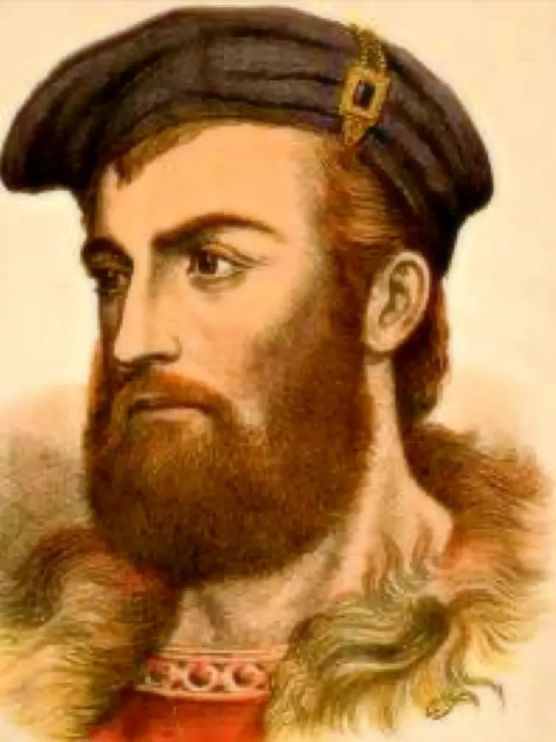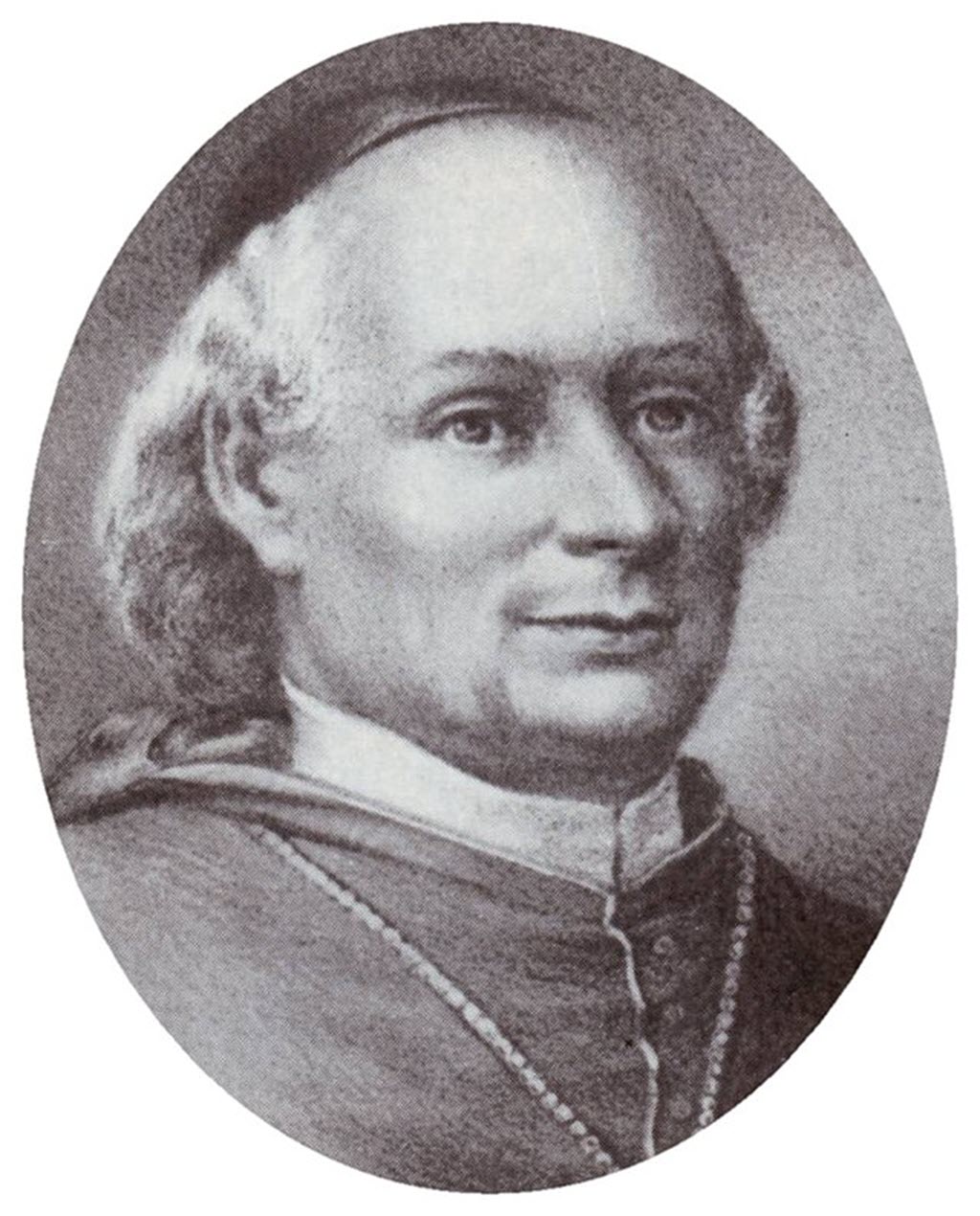Irish history in the year 1646 will always be remembered for the triumph in Ulster at Benburb in County Tyrone. This great victory came just in time to preserve Multyfarnham and other places from a deadly visitation.
In Ulster, the “English and Scottish forces were planning to join up, march southwards to Kilkenny, overrun Leinster and Munster, and there link up with the army of Inchiquin, marching through Connaught, and so bring the whole island under their sway.” The route to be followed, and the distance to be covered each day, was carefully laid down. Having united their forces at Monaghan, they were to proceed on the second day as far as Cavan, on the third to the monastery of Abbeylara in County Longford, and onwards to Multyfarnham.
It was also decided that as the soldiers marched south, they were to lay waste the whole of the countryside. Assuredly, the fate in store for the towns and villages on their path was not a pleasant one but such a visitation was not to be. The superb generalship of Owen Roe O’Neill, son of Cormac MacBarron O’Neill and nephew of the great Hugh, had an illustrious military career in the service of Spain in the Spanish Netherlands.

He preserved Multyfarnham and many other places, from great misfortune. Learning of the enemy’s proposal to unite and march south, O’Neill decided to swing his Ulster troops into action against them before they could affect a juncture of their forces in Ulster, and thus upset their plans. The outcome of this resolve was the signal victory of Benburb, on Friday June 5 1646.
The combined British force lost between 2,000 and 3,000 men, killed, or captured, and many drowned in the pursuit. They also lost a huge amount of stores and weapons including artillery. The Irish casualties were low, approximately three hundred. This was the first time the Irish had won a major head-to-head battle against the British in the field and it was celebrated throughout Catholic Europe.
DISTINGUISHED VISITORS

Giovanni Battista Rinuccini (1592–1653)
The news of the victory of Benburb was greeted with delight by the Irish people. The joy of Monsignor Rinuccini, the Papal Nuncio, knew no bounds. Towards the end of June, he sent his auditor, Monsignor Massari, north, to convey his personal congratulations to Owen Roe, “and his valiant Ulster army, bringing them gifts as a token of appreciation, and concert plans for the immediate following up of the victory.”
On his journey north, Massari was accompanied by Fr. Boetius MacEgan, OFM, Vicar-General and Senior Chaplain to the Ulster army of Owen Roe. It was Fr. Boetius MacEgan who invoked the apostolic blessing on the Irish troops and granted them a plenary indulgence just before they went into action at Benburb. On March 25 1648, he was consecrated Bishop of Ross by Archbishop Rinuccini, the Nuncio, and two years later in May 1650, Fr. Boetius MacEgan, OFM was hanged by English soldiers in Carrigadrohid Castle, Co Cork.
The route northwards followed by these two distinguished ecclesiastics brought them to the friary of Multyfarnham and there they spent some time. In his narrative of his experiences in Ireland, Mgr. Massari gave a short account of his visit to the Friary. He wrote: “Thence I proceeded the next day to Multyfarnham Friary, and put up in that ancient Franciscan Friary, which tradition says was built in the lifetime of St. Francis by a religious who he had sent to Ireland. It contains thirty religious, twenty-two priests and eight lay-brothers, as well as some novices.”
In all, there were about thirty-five religious in the Friary when Massari visited. This was quite a considerable number. Mgr. Massari then gave some information about Multyfarnham Friary. “It is worthy of note that from the day it was founded down to the day I saw it, even in times of persecution, religious life according to the rule of the Seraphic Order, had always been observed there.”
For one period of a few years at least, immediately after the suppression, it seems certain that the friars had to abandon the Friary, even though they remained in the locality and on two or three other occasions they were compelled, though for brief spells, to reside outside the Friary. But on the whole, these were insignificant breaks in a long span of four hundred years.
On Massari resuming his journey, the Guardian of the Friary, gave him “some loaves of bread and a large cheese, remarking that when I entered Ulster, I should find a scarcity of bread and all other eatables.”
The Guardian’s thoughtful gesture and his brief comment show that Ulster was suffering severely from the ravages of war. The Guardian of Multyfarnham during Mgr. Massari’s visit was Fr Patrick Plunket, OFM. He came, as his name suggests, of a distinguished Anglo-Irish family long settled in the midlands.
He was educated at St. Anthony’s, Louvain, receiving tonsure and minor orders there on June 4 1621, subdiaconate on June 5, and diaconate on September 18. All three ceremonies were performed by Archbishop Florence Conroy, OFM. Years later, when the mission of Rinuccini had ended in failure, and Ireland lay at the mercy of Cromwell, Massari, compiling his memoirs of these eventful years in Ireland, recorded that he had “since heard that it [the Friary in Multyfarnham] was recently destroyed by the enemies of God and the Catholic religion.”
Fr James Fitzsimons OFM
In the year 1647 the Franciscan Chapter assembled at Ross Errily Friary, County Galway and appointed to Multyfarnham Friary a Guardian, whose career, before and after his appointment to the Friary, was truly remarkable. The descendant of an Anglo-Norman family from the midlands, Fr. Fitzsimons was educated in Spain, or in some of the territories in Europe that were under Spanish rule.
An excellent linguist, he had an easy command of English, Irish, Spanish, and Latin. Like all, or most of his Irish Franciscan brethren of the time, he was drawn into the vortex of the politico-religious struggle of the 17th century. Fr. Fitzsimon’s period of office at the Friary will always be remarkable because of an exploit unique in the history of the time, and probably rare in Irish monastic annals.
As has already been pointed out, Ireland, during these years of the Confederate wars, was prey to foraging groups of soldiers from the rival armies. Early in 1648 the parliamentary general, Jones, led a company of troops from Dublin on a pillaging expedition through Co Westmeath. After burning several places in the course of this raid, he reached Multyfarnham and attacked the Friary. But here he met with resistance from an unexpected quarter.
The friars courageously stood their ground, not as passive spectators but as vigorous defenders of their Friary. Assisted by some soldiers, they resisted the attack and put Jones and his troops to flight.
At this period, the community at Multyfarnham numbered upwards of forty and fancy likes to dwell on the picture of Fr Fitzsimons, now leading his brown-robed company to the charge and scattering and chasing the parliamentary troopers and their leader.
The incident was a most unusual distraction from the routine of monastic duties. But then, those were very unusual times. Better still, it was a complete victory for the Franciscan at arms!
